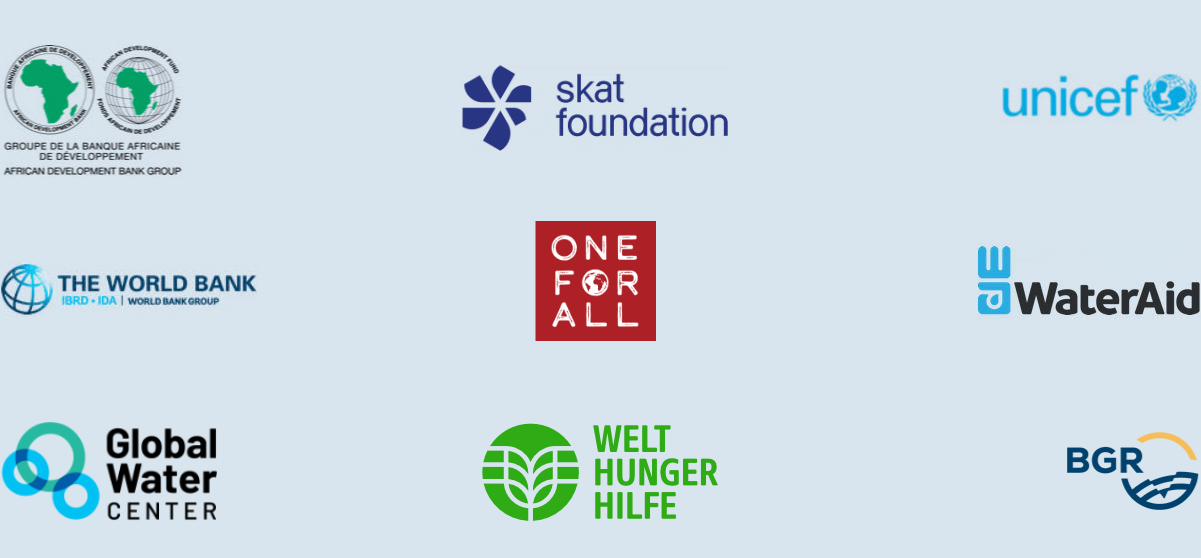Well jetting is also known as washboring, and in Nigeria as hand turning.
Description: Jetting is considered to be a manual drilling technology, even though it utilises a small pump. The technique involves pumping water (with a hand, or motorised pump), down the drill pipe, which is held vertically in the hole. The water passes through the bottom, open end of the pipe and carries the drilling spoil up the annulus. The drill pipe is held vertically and slightly rotated and/or reciprocated. It is the washing action of the water, which forms the hole. The drill pipe is usually up to 50mm in diameter, while the hole is 100 to 150mm. The equipment comprises a centrifugal pump, suction hose, flexible delivery hose, elbow and swivel and jetting pipes. Temporary casing can be used, but a technique which enables the self jetting of wellscreens has also been developed. In cases where the ground is very compact, a special jetting point is used.
Capability: Well jetting can be undertaken in weakly cohesive sands and silts but cannot be used in hard formations. Clay can only be penetrated very slowly; and gravels and other highly permeable formations will result in lost circulation. Given the right ground conditions, jetting is a very fast drilling technique. Normal depths are 6 to 10 meters, but depths of 30m (drilling through silt) have been recorded.
Locations: Nigeria (over 20,000 wells), Cameroon, Niger, Madagascar, Senegal, Darfur, Tchad, Zimbabwe, Sri Lanka.
Equipment Availability: Although an off-the shelf kit for well jetting is not available, it can be readily assembled from locally available materials. Self-jetting screens are available from SWS filtration (2004).
- ADEKILE, D. & OLABODE, O. (2009) Hand Drilling in Nigeria: Why kill an ant with a sledgehammer?. RWSN Field Note 2009-1 , RWSN/UNICEF, St Gallen, Switzerland
- CARTER, R.C. (1985) Groundwater development using jetted boreholes. Waterlines, 3(3) January 1985.
- JOSE, J. (1988) Studies and Design Improvements of Low Cost Well Jetting. M.Sc Thesis, Cranfield University, UK
- The SWS Well-Jetting Technique (2001)
- SONOU, M. (1995) Low-cost shallow tube well construction in West Africa. [online]. Food and Agriculture Organisation







 Google Übersetzer
Google Übersetzer